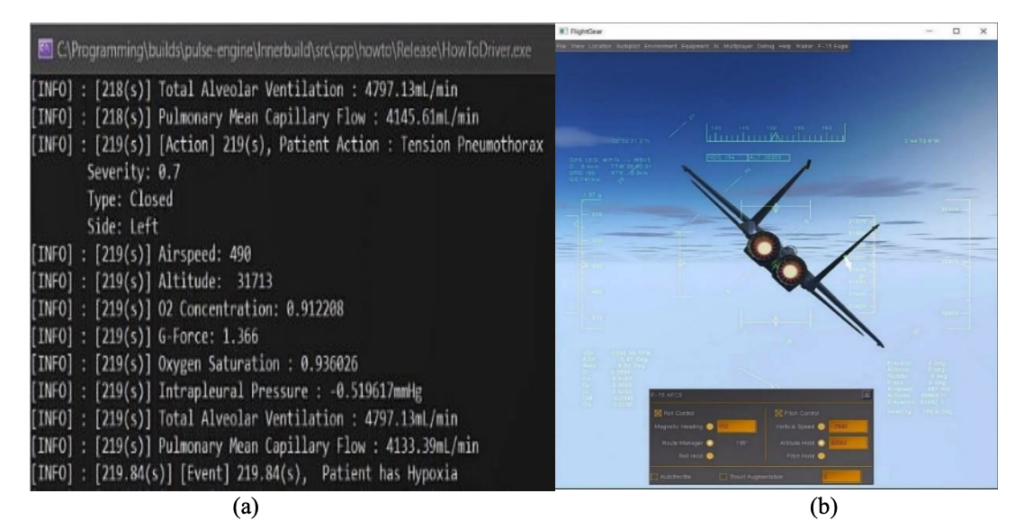2022 ANNUAL MODELING AND SIMULATION CONFERENCE
Hosted by the Society for Modeling & Simulation International and IEEE Computer Society
July 18-20, 2022 at San Diego State University in San Diego, California
The Annual Modeling and Simulation Conference (ANNSIM) covers state-of-the-art developments in modeling and simulation. The conference features keynote speeches presented by technology and industry leaders, technical sessions, professional development tutorials, and exhibits. Kitware is excited to have two papers accepted by the conference and be participating in a panel.
Implementation of a Dynamic and Extensible Mechanical Ventilator Model for Real-Time Physiological Simulation
Monday, July 18 from 1:30 – 3 PM | MSM Session 2: Physiology Simulation
Authors: J.B. Webb (Kitware), A. Bray (Kitware), J. Gerard (IngMar Medical), S. Frembgen (IngMar Medical), H. Scheirich (Kitware), J. VanPelt (Kitware), and R. Clipp (Kitware)
In this paper, we designed and implemented a generic virtual mechanical ventilator model into the open source Pulse
Physiology Engine for real-time medical simulation. The universal data model is uniquely designed to apply
all modes of ventilation and allow for modification of the fluid mechanics’ circuit parameters. The ventilator
methodology provides a connection to the existing Pulse respiratory system for spontaneous breathing and gas/aerosol substance transport. The existing Pulse Explorer application was extended to include a new ventilator monitor screen with variable modes and settings and a dynamic output display. Proper functionality was validated by simulating the same patient pathophysiology and ventilator settings virtually in Pulse as a physical lung simulator and ventilator setup. [Link to paper]

Integrative Physiology-Coupled Pilot-Centered Flight Simulation
Monday, July 18 from 1:30 – 3 PM | MSM Session 2: Physiology Simulation
Authors: S. Harrison (Old Dominion University), A. Bulysheva (Old Dominion University), R. Clipp (Kitware), J. Webb (Kitware), M. Mitchum (Fairfax Health Center), B. Newman (Old Dominion University), and M. Audette (Old Dominion University)
The research in this paper focuses on coupling the FlightGear flight simulator and Pulse Physiology Engine applications
to recreate and understand hypoxic events related to a combination of high FiO2 and high g-forces. Global
data is shared between FlightGear and Pulse by creating an interdependency between the two applications,
known as coupling. By coupling interactive simulations based on FlightGear and Pulse, hypoxic events
were recreated from two scenarios: 1) simulated acceleration atelectasis, achieved by using high g-forces
output from FlightGear with a modified Pulse tension pneumothorax scenario; 2) And the combination of high
g-forces and high FiO2, based on a prototype OBOGS simulation. To validate hypoxia based on each
scenario, pulmonary ventilation (V)-capillary perfusion (Q) ratios are evaluated to determine if there is a
V/Q mismatch is caused by a reduction in ventilation. [Link to paper]

Convergence Between Medical Simulation and Neural Networks
Monday, July 18 from 3:30 – 5 PM | MSM Panel Discussion
Jeff Webb will be one of the panelists discussing medical simulation and neural networks.
Physical Event
San Diego University
San Diego, California
Virtual Location
